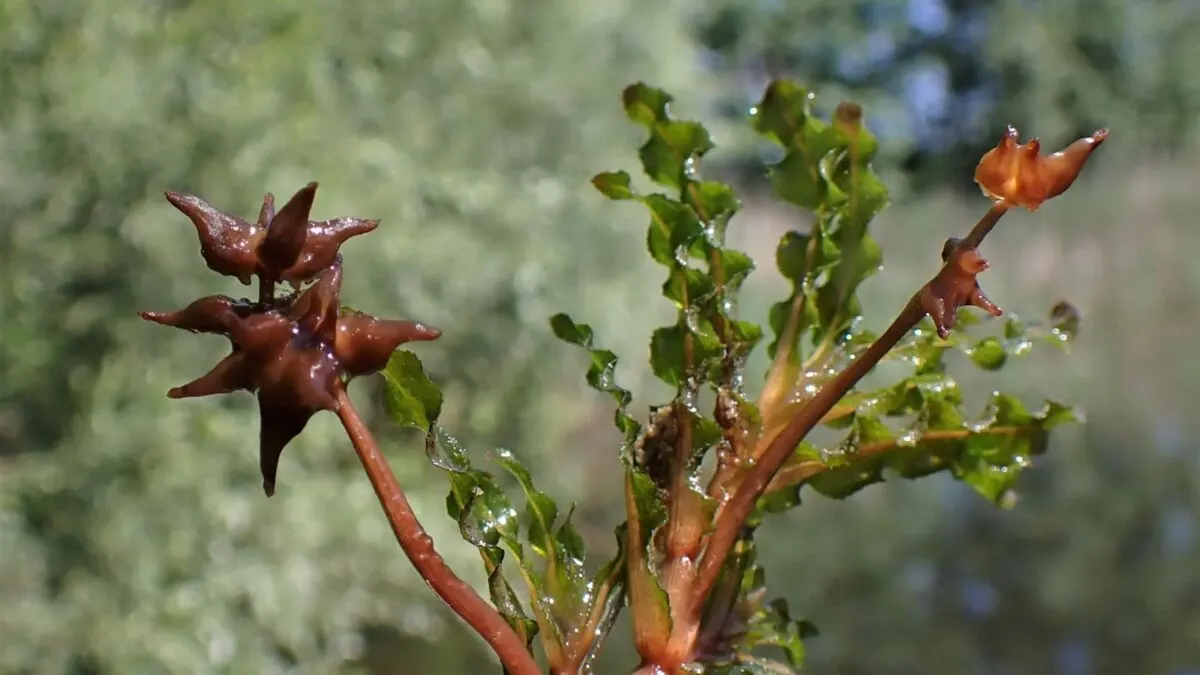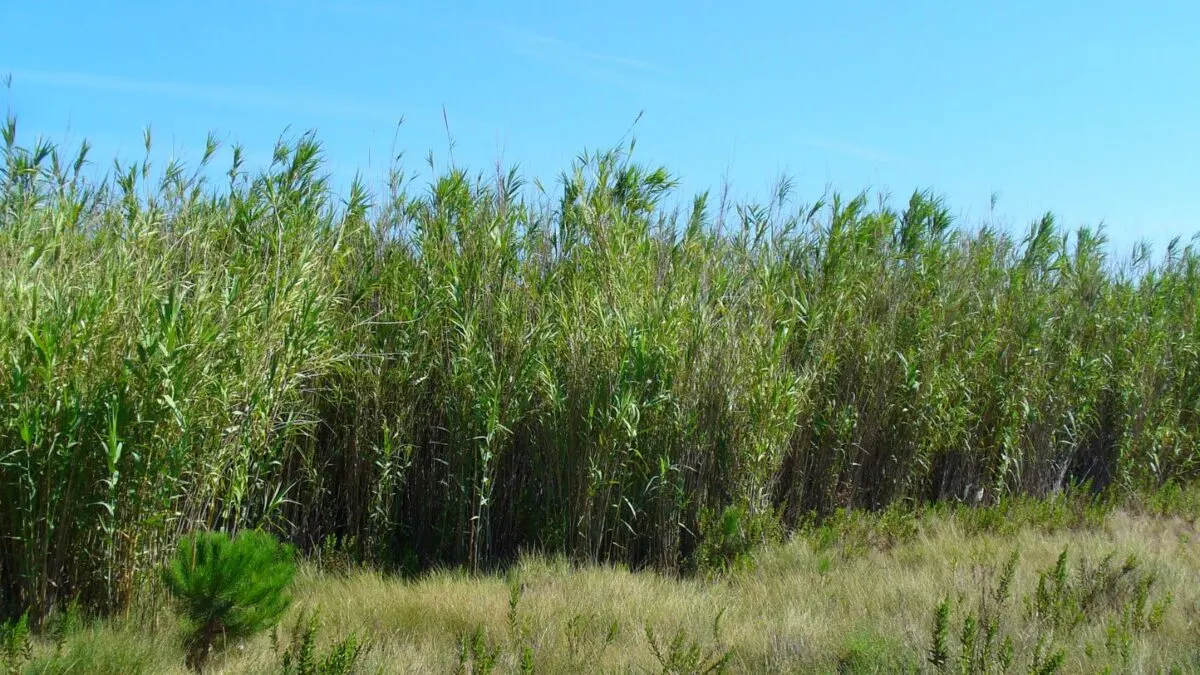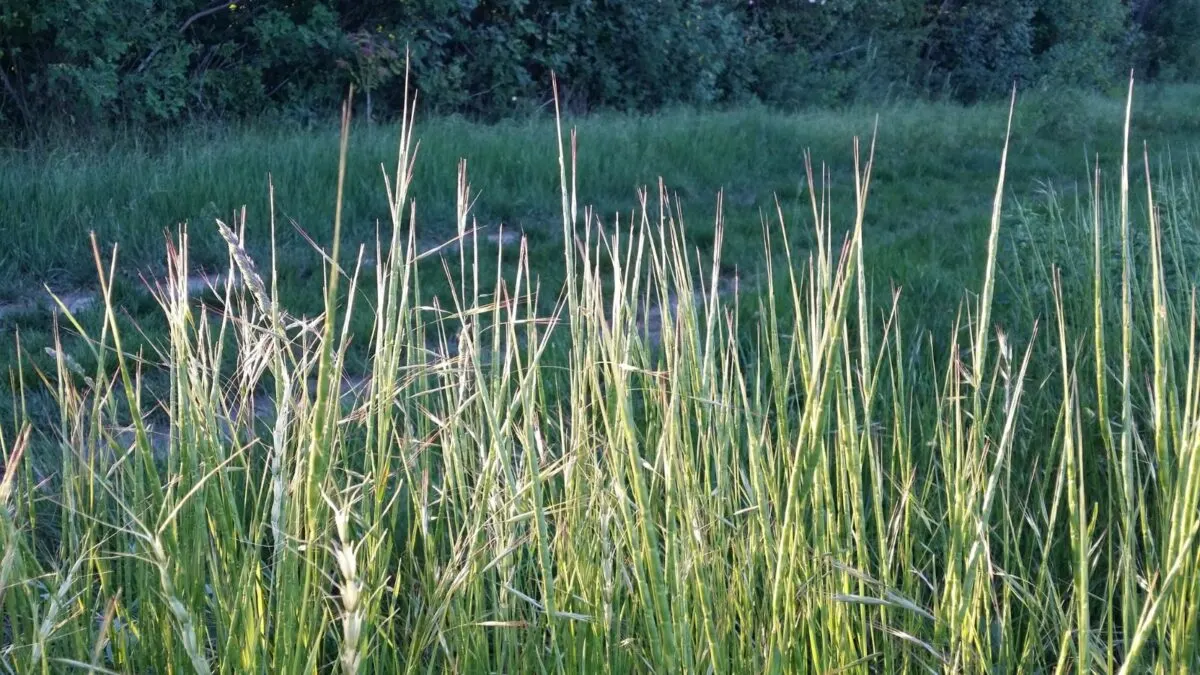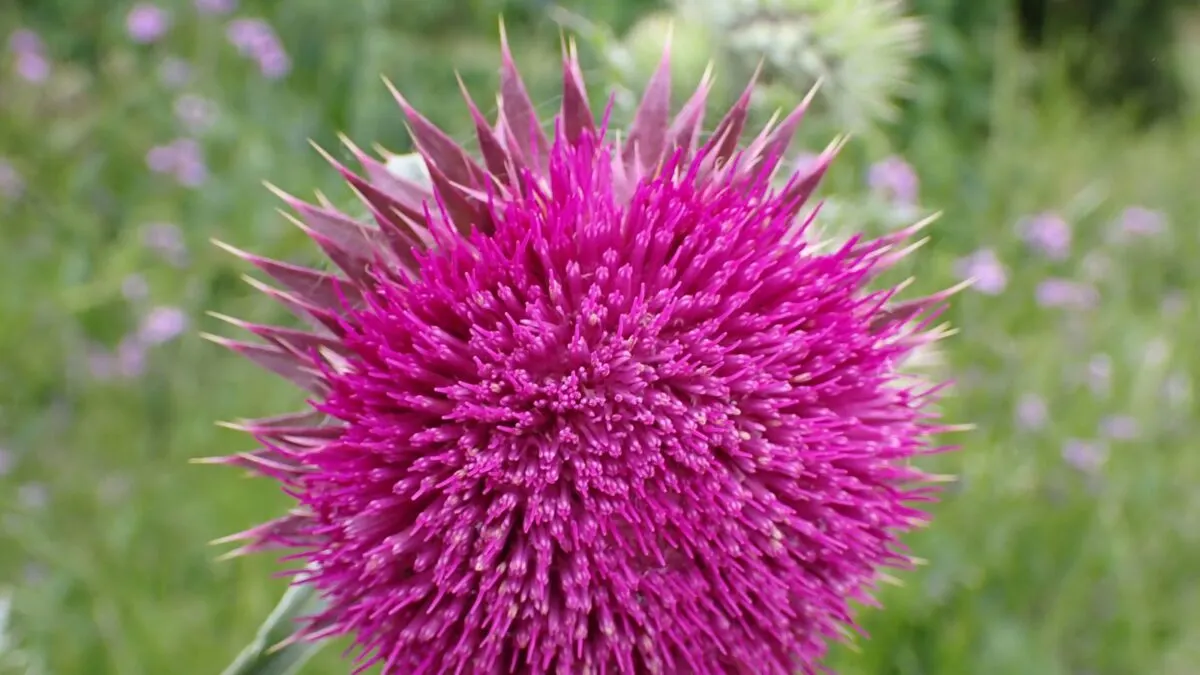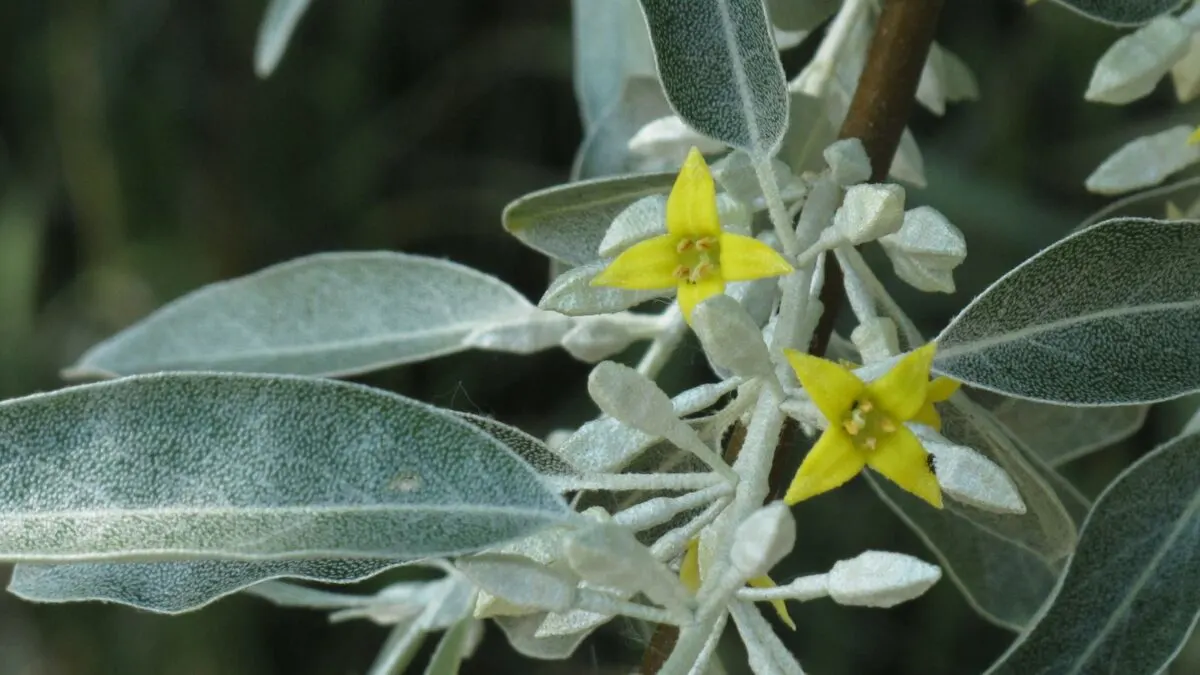Invasive plants pose a significant threat to New Mexico’s human economy and natural environment. These non-native weeds spread rapidly and outcompete native plants, changing local ecosystems and reducing habitat for native wildlife. While the biggest threat is to rangelands and wild spaces, some invasive plants can also be found in home landscapes, sometimes as weeds and sometimes even as intentionally planted ornamentals. Read on to learn more about invasive plants in New Mexico and how you, as a gardener, can help protect native ecosystems.
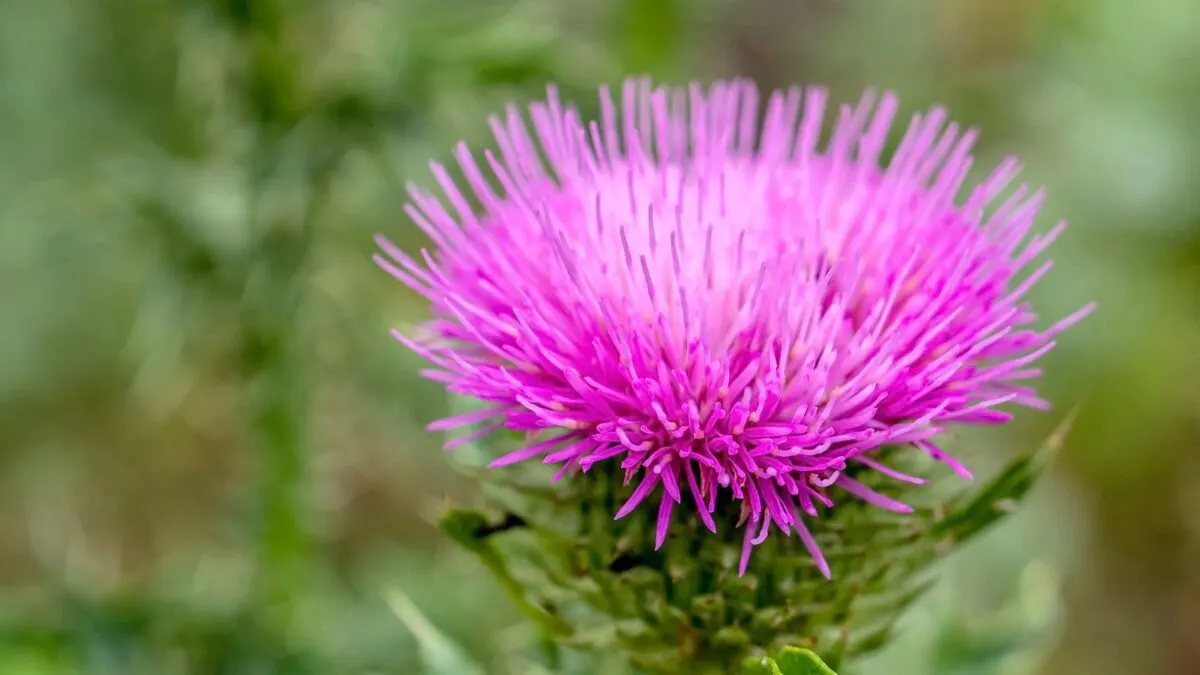
Invasive Plants in New Mexico
While the New Mexico State University Extension has identified 67 noxious and troublesome weeds, we will focus on the most common ones, which are labeled as class C noxious weeds. Each plant description in the list below also includes suggestions for native NM alternatives to plant instead of the invasive species. If you notice any of the following invasive plants on your property, contact your local Extension office for details on how to effectively remove them, as a control method that works on one species might not work on another.
1. Cheatgrass (Bromus tectorum)

Cheatgrass is an annual grass with narrow, often drooping stems up to two feet long and green to purple leaves. Look to the base of the leaves for closed sheaths that extend halfway down the stem or farther, with some long hairs. Long, drooping, green to purple spikes emerge from the ends of the stems and contain four to eight seeds, each tipped with a bristle.
Similar native grasses include little bluestem (Schizachyrium scoparium) and sideoats grama (Bouteloua curtipendula), both of which have reddish fall foliage.
2. Curly leaf pondweed (Potamogeton crispus)
An aquatic perennial, curly leaf pondweed infests riparian areas, spreading via creeping rhizomes that form large, dense mats. The long, flattened stems appear jointed and are sparingly branched, and the submersed, linear leaves grow in a somewhat spiral pattern. Small, dense, cylindrical spikes of greenish flowers grow upright from the stems, often emerging from the water.
Native wetland plants include yerba mansa (Anemopsis californica) and Rocky Mountain iris (Iris missouriensis).
3. Giant cane (Arundo donax)
Also called bamboo reed, giant cane is a moisture-loving perennial grass that somewhat resembles bamboo. Its tall, rigid, semi-woody stems often branch at the base and are hollow except at the nodes. The strappy, one- to three-foot leaves have sharp tips and broad, hairy bases that clasp the stem. This grass produces upright, cream to brown or purple, plume-like panicles up to two feet long.
Plant switchgrass (Panicum virgatum), a native moisture-loving perennial grass, or big bluestem (Andropogon gerardii), a tall, widely adapted native perennial grass.
4. Jointed goatgrass (Aegilops cylindrica)
Jointed goatgrass is a winter annual grass that grows two feet tall and commonly infests disturbed areas like roadsides and agricultural fields. It has hollow stems and alternate leaves with hairy margins. The inflorescences appear as cylindrical spikes that eventually break apart into cylindrical spikelets with two to five florets each.
Short native grasses include lovegrass (Eragrostis trichodes) and junegrass (Koeleria macrantha).
5. Musk thistle (Carduus nutans)
Musk thistle grows two to six feet tall with occasionally branching, sometimes hairy stems. The densely lobed leaves have a pale midrib and spiny margins, and their bases form narrow wings on the stem. Green, purple, or golden bracts form layered rays behind the spherical, pink to purple flowers.
Native sand palafoxia (Palafoxia sphacelata) produces pink ray flowers from May to November, and gay feather (Liatris punctata) sends up dense clusters of lavender-pink flowers in late summer.
6. Parrotfeather (Myriophyllum aquaticum)
An aquatic perennial, parrotfeather infests riparian areas like ponds, streams, and ditches, forming dense mats via creeping rhizomes. The immersed, often branched stems have a gray-green to reddish hue and grow up to 15 feet long, and the whorled, pinnately-divided leaves resemble pine needles.
Mexican mosquito fern (Azolla mexicana) and coontail (Cerstophyllum demersum) are good native alternatives to parrotfeather.
7. Russian knapweed (Acroptilon repens)
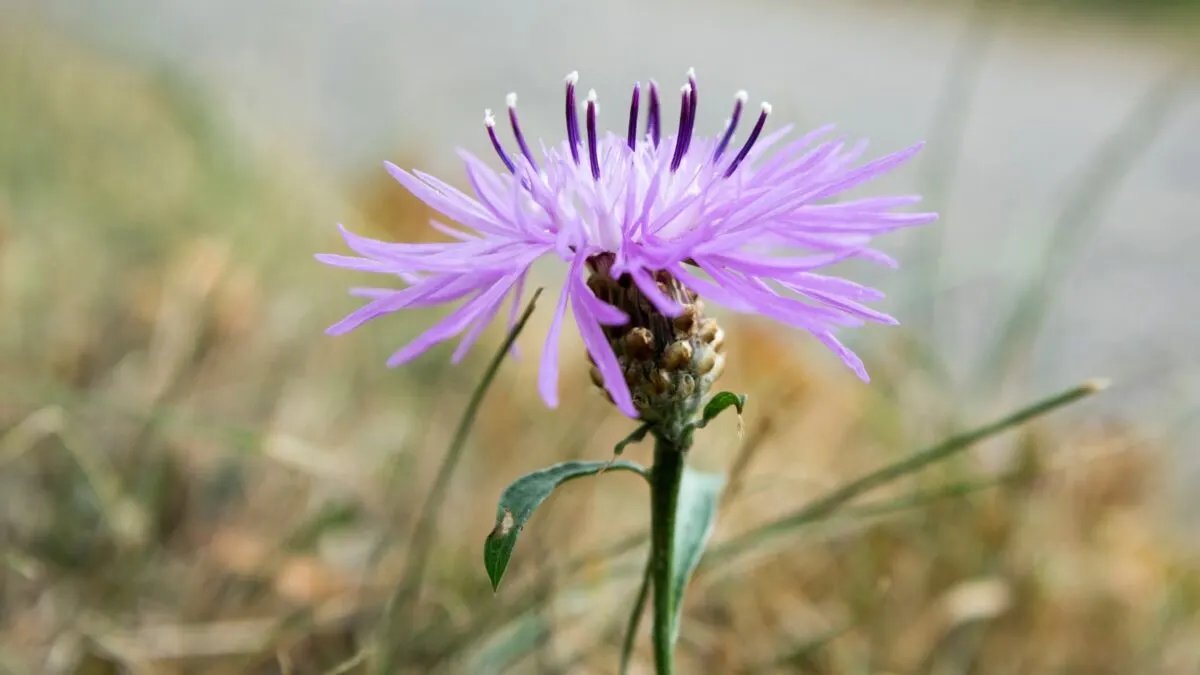
Russian knapweed has pink, thistle-like flowers just a quarter to a half inch wide with papery green bracts at the base. It grows one to three feet tall with branching stems and linear to lanceolate leaves that become lobed or wavy lower on the plant. Both stems and foliage are densely covered with gray hairs.
Native beebalm (Monarda fistulosa) and purple geranium (Geranium caespitosum) both produce pink to purple flowers that attract butterflies.
8. Russian olive (Elaeagnus angustifolia)
A large shrub or small tree, Russian olive has gray to brown bark that sometimes appears scaly. It has gray-green, lanceolate leaves with silvery undersides and produces clusters of small, fragrant flowers each with four white to yellow petals. The fruits resemble small olives and mature from silver to brown.
Silver buffaloberry (Shepherdia argentea) and coyote willow (Salix exigua), among other native willows, have a similar appearance.
9. Saltcedar (Tamarix spp.)
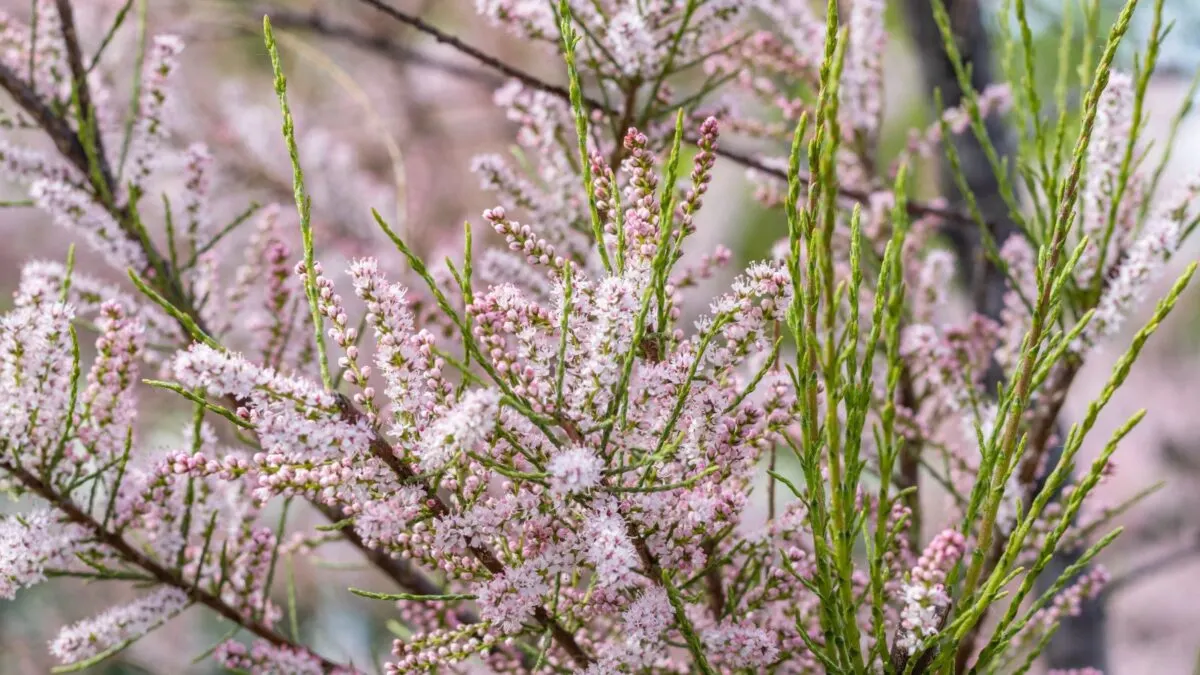
Though not a true cedar, saltcedar looks like a shrubby cedar with tiny, gray-green to blue-green, scale-like leaves on stems with reddish-brown bark. It grows up to 25 feet tall and may have one or multiple trunks. Small, pink to white flowers bloom on long racemes toward the ends of the branches.
Plant native shrubs like cliffrose (Purshia stansburiana) or rock spiraea (Holodiscus dumosus) instead.
10. Siberian elm (Ulmus pumila)
Siberian elm is a small to medium deciduous tree with ridged gray bark and numerous branches. It grows 10 to 60 feet tall, and its dark green, alternate, ovate leaves have serrated edges. Clusters of greenish, inconspicuous flowers are followed by thin, round, papery seed pods with a deep notch in the tip.
Small native deciduous trees include velvet ash (Fraxinus velutina) and netleaf hackberry (Celtis reticulata).
11. Tree of heaven (Ailanthus altissima)
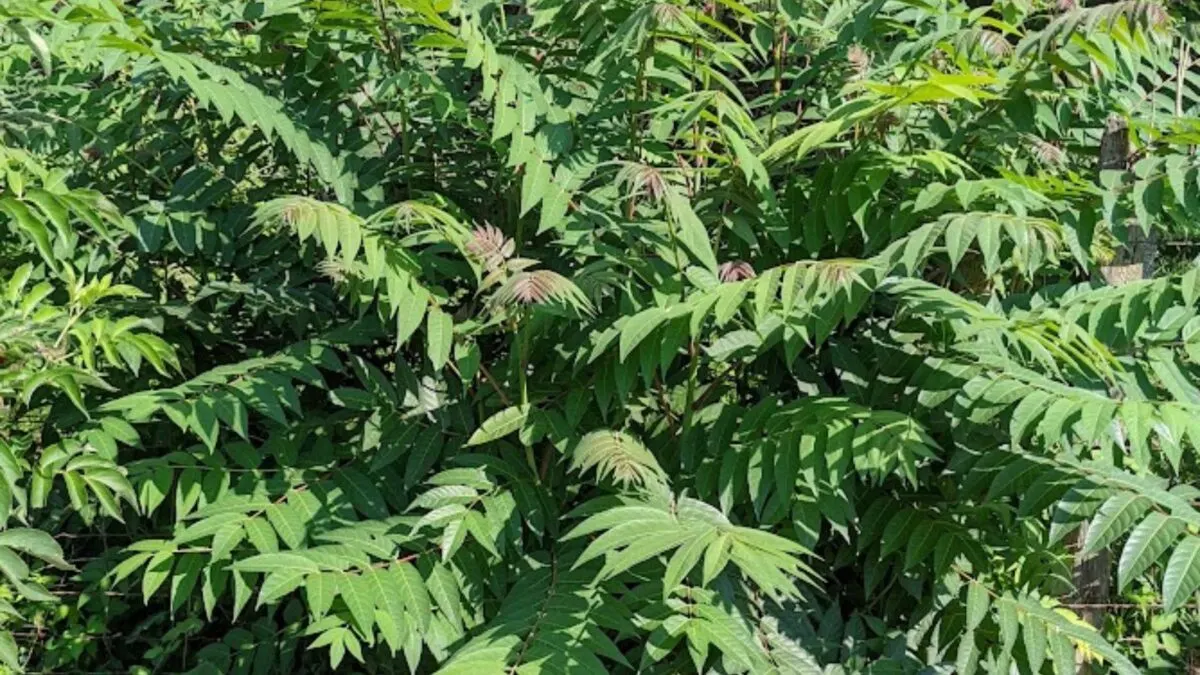
Another small deciduous tree, tree of heaven grows up to 65 feet tall and has pinnately divided leaves, each with 10 to 22 pairs of leaflets and one terminal leaflet. The smooth, gray-brown bark forms diamond-shaped fissures with age. Crushing a leaflet or marring the bark will release a pungent odor that some describe as skunky.
Plant New Mexico locust (Robinia neomexicana) or soapberry (Sapindus saponaria) instead.
While finding an invasive plant on your property can be frustrating, remember that once it has been removed, you get to replace it with a native plant that not only looks beautiful but supports wildlife, too!
Landscaping With Native Plants To Help The Earth
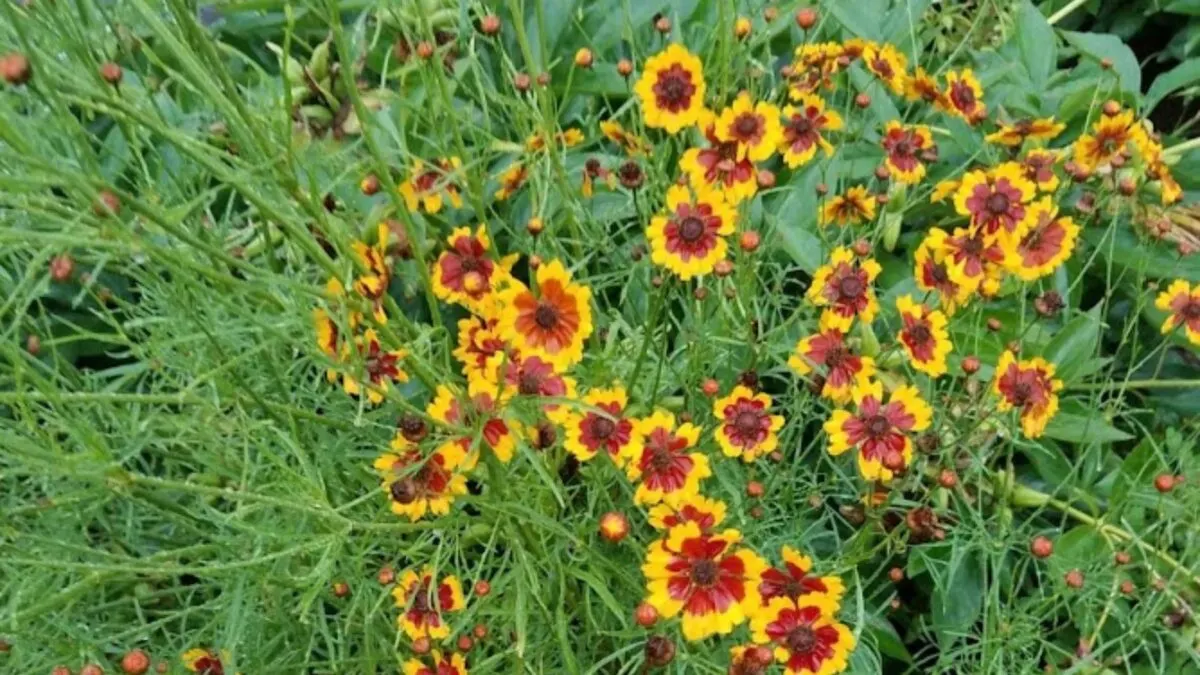
Adding native plants to your landscape is crucial to our environment’s health and, at the same time, makes it a lot easier to maintain your outdoors.
Learn more about landscaping with native plants wherever you are.

